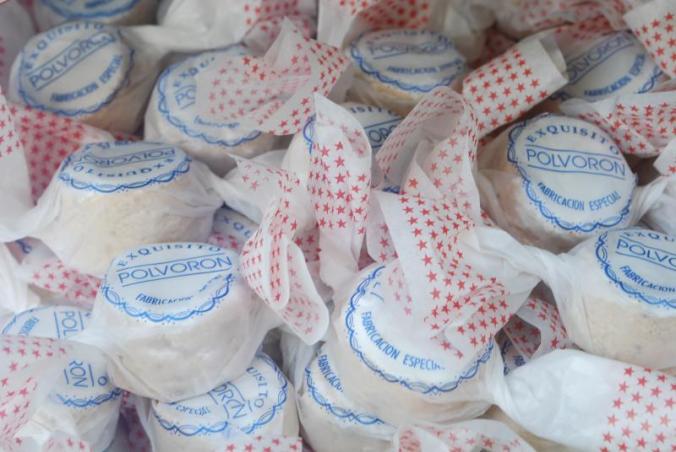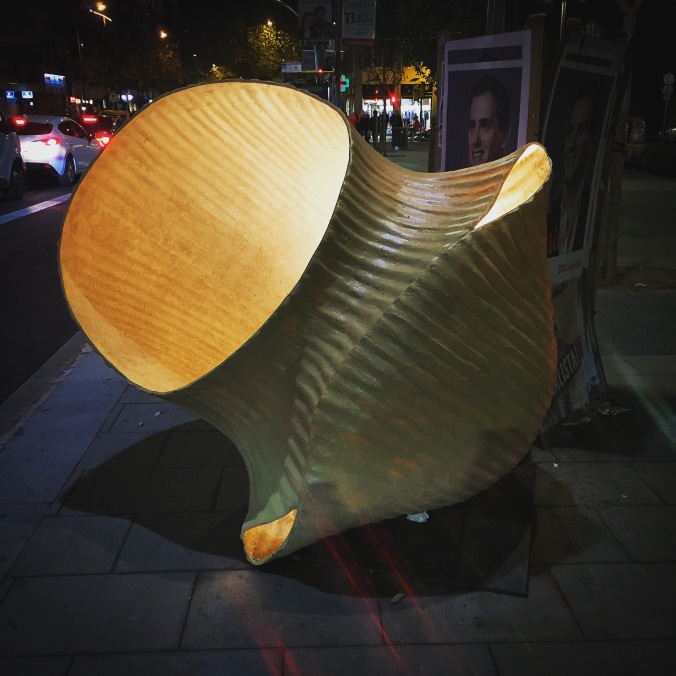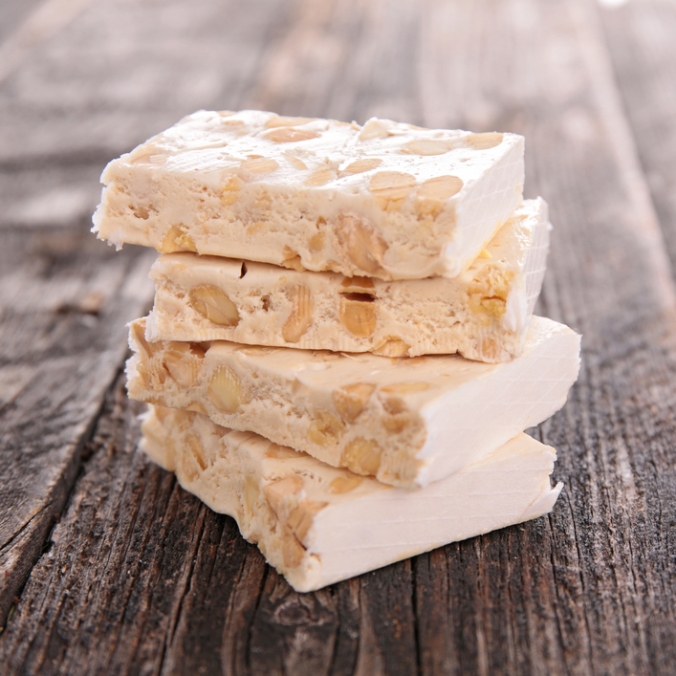
RF and I were remarking today how it doesn’t feel especially like Christmas to us. I think that so much of this has to do with not experiencing many of our own typical Christmas traditions. We discussed getting a little tree for our apartment, but didn’t want to introduce the opportunity for mischief to our cats. (At home, we keep our tree in the sun porch to avoid their tom(cat)foolery.) Spain hasn’t yet hopped on the eggnog bandwagon, so there have been no eggnog lattes. And, we’re saving our Christmas movie marathon for Christmas Day.
This is, of course, not to say that we aren’t surrounded by many Spanish Christmas traditions. RF introduced you to the very silly tradition of Caga Tió, whom we saw on the street earlier today! I’ve posted photos on Instagram of the various neighborhood light displays. We landed smack dab in the middle of a festival that filled Plaça de Catalunya with families last weekend. There’s just something about them not being our usual traditions that prevents this time from seeming like the holidays. We decided we should do a better job of adopting local traditions.
In anticipation of very few restaurants and stores being open on Christmas Day and Boxing Day, we stopped at the grocery store today to stock up on supplies. In Catalonia, gift giving generally doesn’t happen until January 5th, Epiphany. Fiesta de Los Tres Reyes Mages, or the Festival of the Three Magic Kings, is when the Wise Men brought gifts to the baby Jesus. Christmas Day in Spain is more commonly feasting day. Since we don’t have a Catalan àvia (grandmother), we will be approximating this feast on a much smaller scale, starting with galets.

On our first days in town, we kept coming across giant plastic shell-shaped pasta on the streets. At first, we weren’t even sure that’s what they were. It’s what they looked like, but why on earth would there by giant shells around town?! Well, escudella i carn d’olla is a meal that dates back many centuries when, it is said, Catalans ate it every day. No longer a daily ritual, this brothy soup with shells and meatballs is eaten for lunch on Christmas Day. Let me reiterate, we will be approximating this dish. True escudella i carn d’olla is deceptively simple dish that actually requires hours of preparation. Unless we can score a spot at a restaurant that serves it, we’ll be enjoying tiny meat-filled raviolis cooked in broth. Close enough, right?
Treats are very popular during the holidays, though they’re not always as sweet as in the States. We picked up a handful of montecados y polvorónes. Say what?! I’m going to defer to Tracy over at Oh, the Things We’ll Make for a great description of these Spanish nut cookies. I find them very similar to the Italian or Mexican wedding cookies that are common in America at Christmastime. They come in a variety of flavors and are sold by the kilo in stores. Talk about not knowing the system, we tried to pick out just a few to try and the cashier tsked at us (there’s a lot of that!) sending us back to weigh our wares. We snuck a taste of one variety but are saving the rest for Christmas feasting.

It also seems that it wouldn’t be Christmas in Spain without turrón. Invented by the Moors over 500 years ago in a town north of Alicante (close to where we’ll be staying for the second half of our time in Spain), this sweet nougat is also based in almonds. Though it now comes in many flavors, traditional turrón is made by roasting then chopping almonds and mixing them with honey. The mixture is simmered and stirred constantly with large wooden spoons. Egg whites bind the mixture and it is cooled, cut into bricks of various sizes, and wrapped in wax paper. RF is skeptical of any sweet that doesn’t include chocolate, but it sounds delicious to me!
We’ll be pairing these Spanish traditions with a few of our own for a mini feast. Who knows? Maybe next year we’ll be longing for galets and polvorónes when we’re drinking eggnog around our Christmas tree.